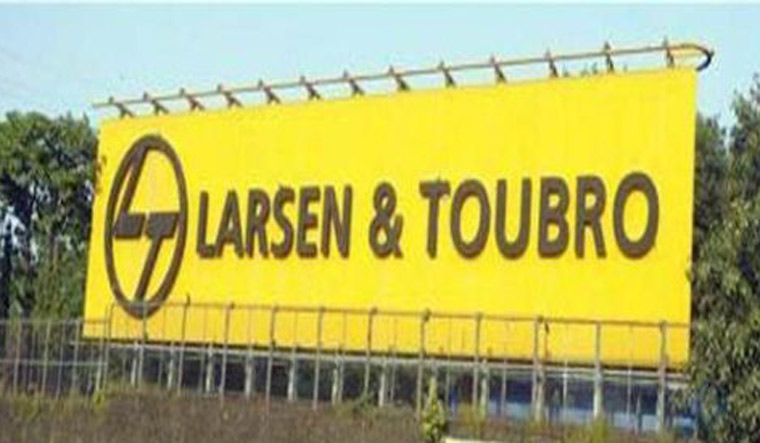The Rs 90 billion share buyback plan by Larsen & Toubro (L&T), the first ever in its 80-odd year history, has been turned down by Securities and Exchange Board of India (SEBI). The differences in interpretation—consideration of standalone financial statements for the previous financial year by the engineering and constructing giant, while the market regulator considered consolidated financials- may have been a key reason behind the rejection of the offer, market experts note.
L&T had, last year, proposed a buyback of up to 61.02 million equity shares from its equity shareholders, on a proportionate basis, by way of a tender offer route at a price of Rs 1,475 a share. The buyback was worth 4.29 per cent of the paid-up equity capital and October 15, 2018 had been set as the record date for the same.
After shareholder approval, the proposal had been sent to SEBI in October 2018. It had considered the debt-ratio requirement on the basis of standalone financial statements post the buyback. However, SEBI cited consolidated financials and the compliance arising thereof in its rejection letter to the company.
“Since the ratio of the aggregate of secured and unsecured debts owed by the company after buyback (assuming full acceptance) would be more than twice the paid-up capital and free reserves of the company, based on consolidated financial statements of the company, the buyback offer is not in compliance with Section 68(2)(d) of Companies Act, 2013 and regulation 4(ii) of SEBI (buyback of securities) regulations, 2018. You are therefore advised not to proceed with buy back offer,” the market regulator said.
Priyankar Biswas of Nomura Securities said finance debt and development projects debt of Rs 737 billion and Rs 156 billion respectively for the financial year ended March 2018 were considered in the calculations, and therefore even a lower buyback may be difficult taking into account the consolidated financial statements.
“On consolidated numbers, even a reduced buyback may not be feasible, as even without a buyback the ratio of debt to equity at 2.24 times is already above the SEBI-mandated limit of 2.0 times,” said Biswas.
Mutual funds like HDFC MF and SBI MF, General Insurance Corp of India (GIC) and Life Insurance Corporation (LIC) were among the major public shareholders of L&T, as of December 31, 2018. The government also owns 1.80 per cent stake in L&T through the Specified Undertaking of the Unit Trust of India (SUUTI).
In May 2018, L&T had agreed to sell its electrical and automation business to French rival Schneider Electric for Rs 140 billion. That deal is still awaiting approvals from the Competition Commission of India.
Biswas opines that even if these divestment proceeds were to be available immediately, a large-scale buyback would be difficult.
“To maintain a gross consolidated debt to equity plus free reserves ratio, we believe the maximum buyback size would be Rs 16 billion, significantly lower than the Rs 90 billion proposed at present,” he added.
Companies typically offer a share buyback to return back money to shareholders. The other way of rewarding shareholders is through special dividends, and that may now be an alternative L&T may look at, say analysts.
Foreign broking house CLSA believes that the company may announce a one-time large dividend of Rs 53 a share this week. L&T is scheduled to announce its earnings for the third quarter on January 25.
The company’s shares hit a low of Rs 1,275 intra-day, before recovering to close at Rs 1,314.20, still down 0.3 per cent on the BSE.



